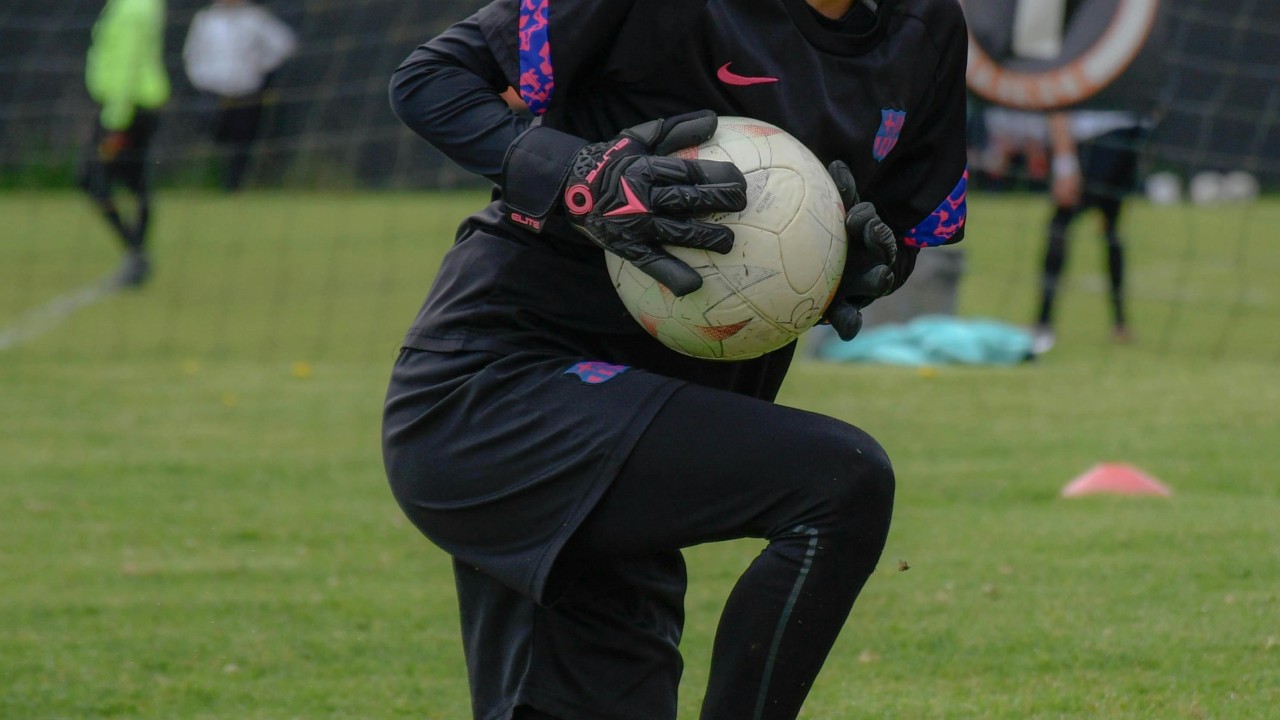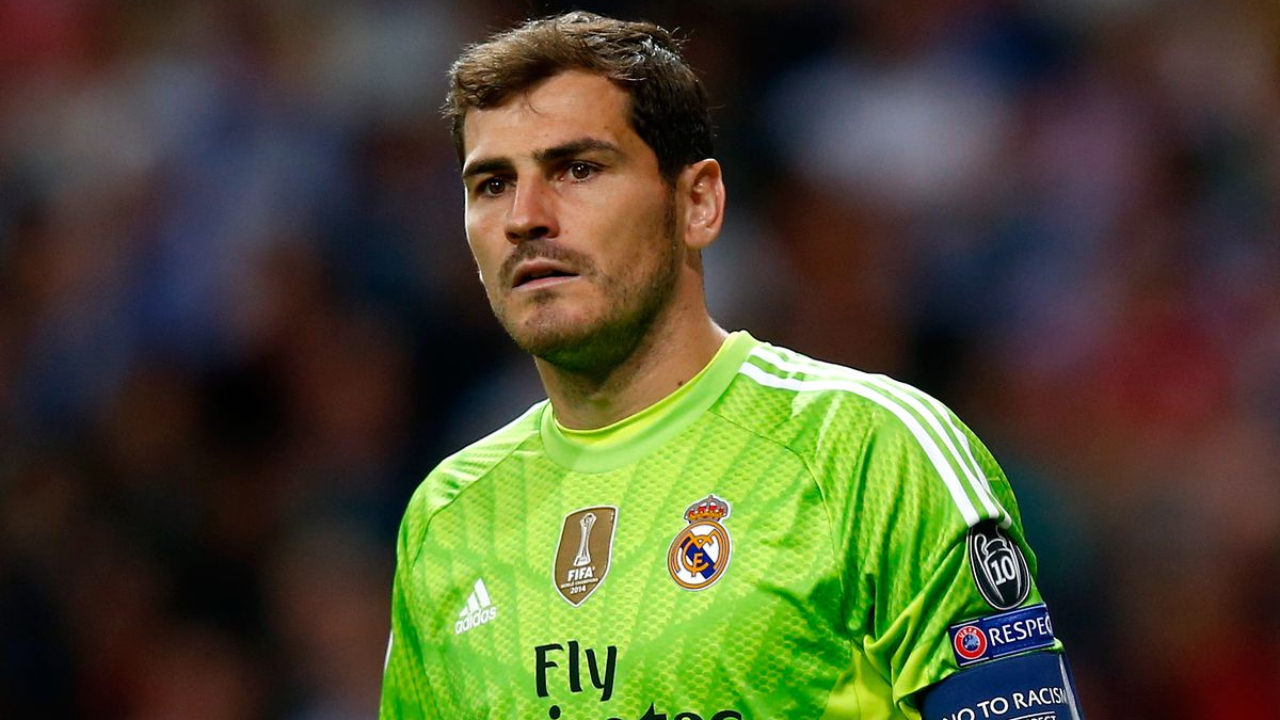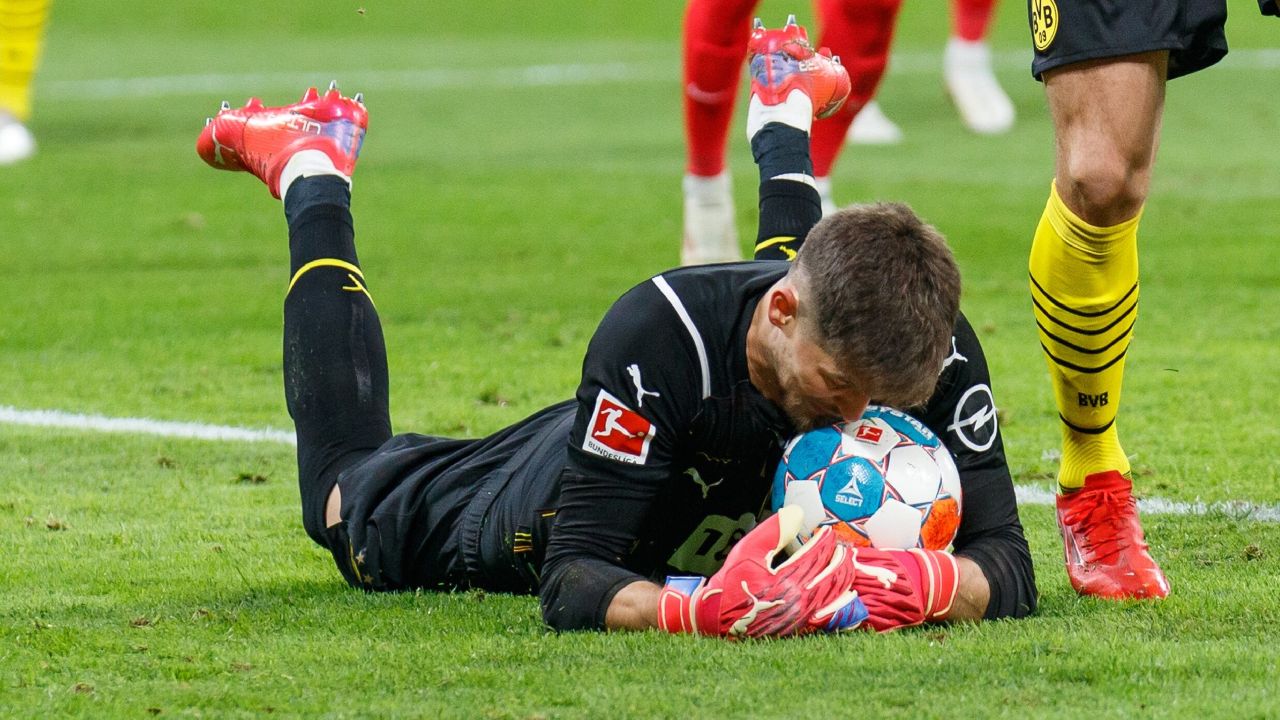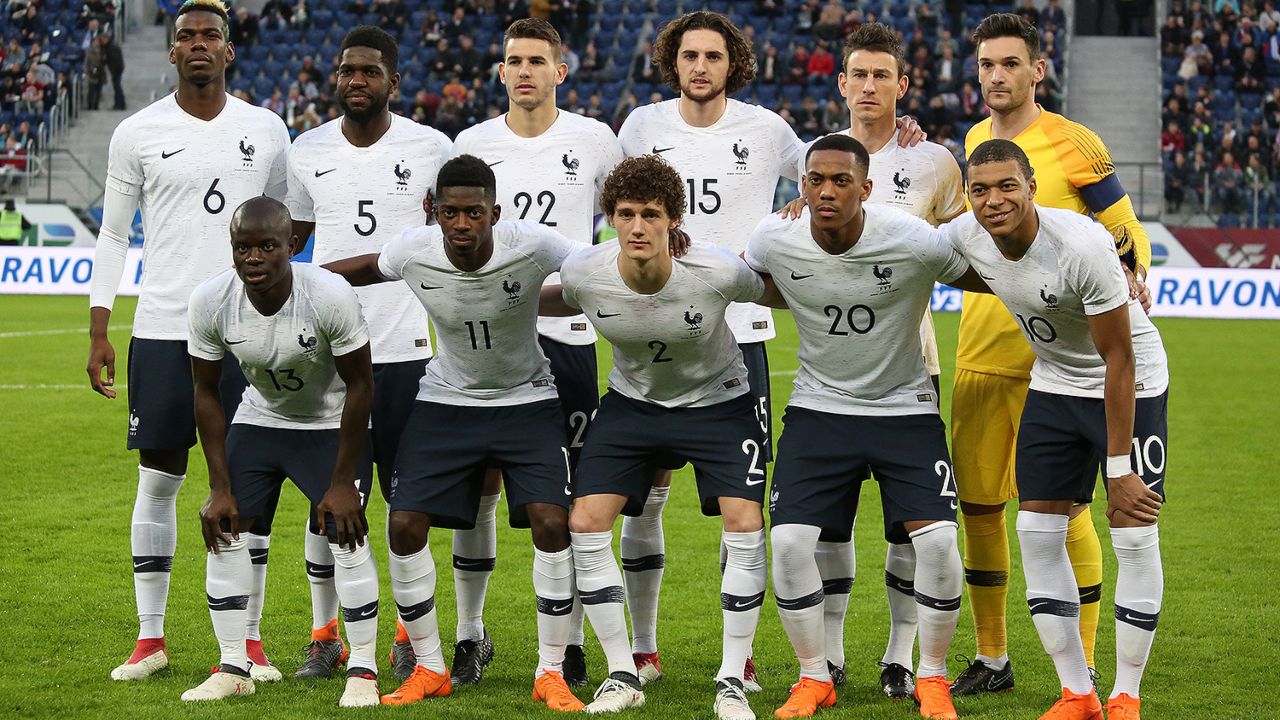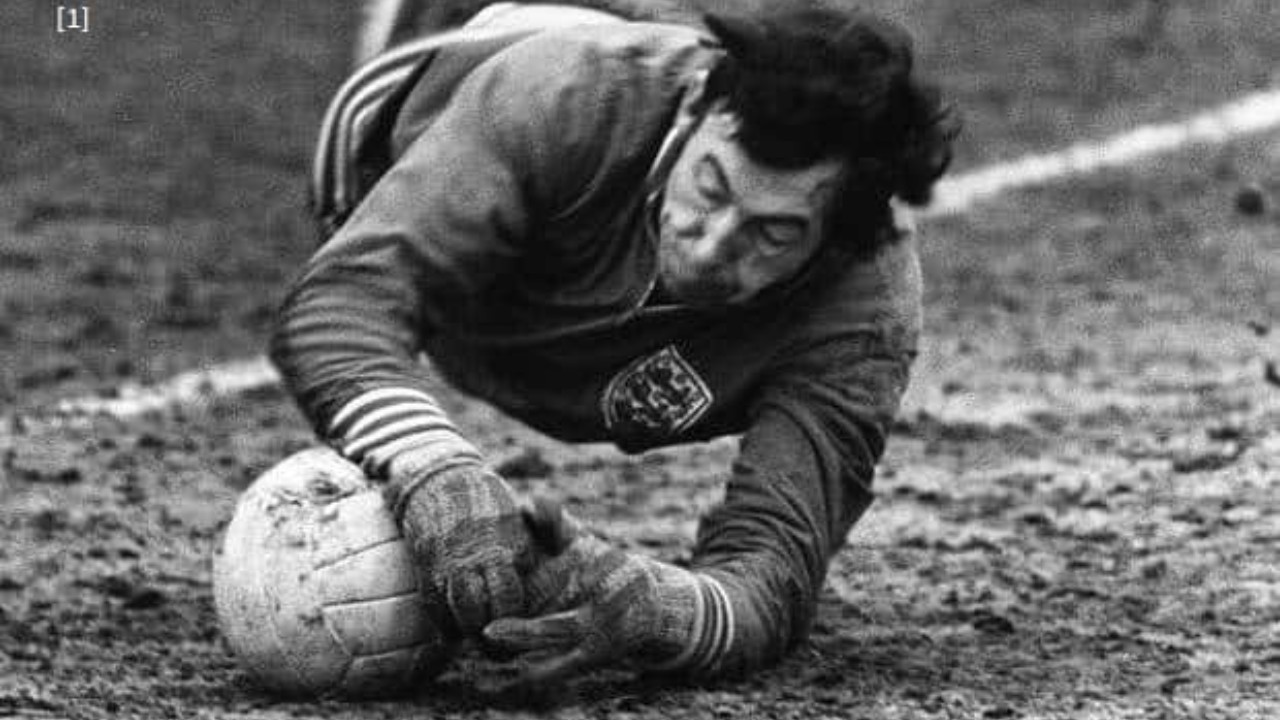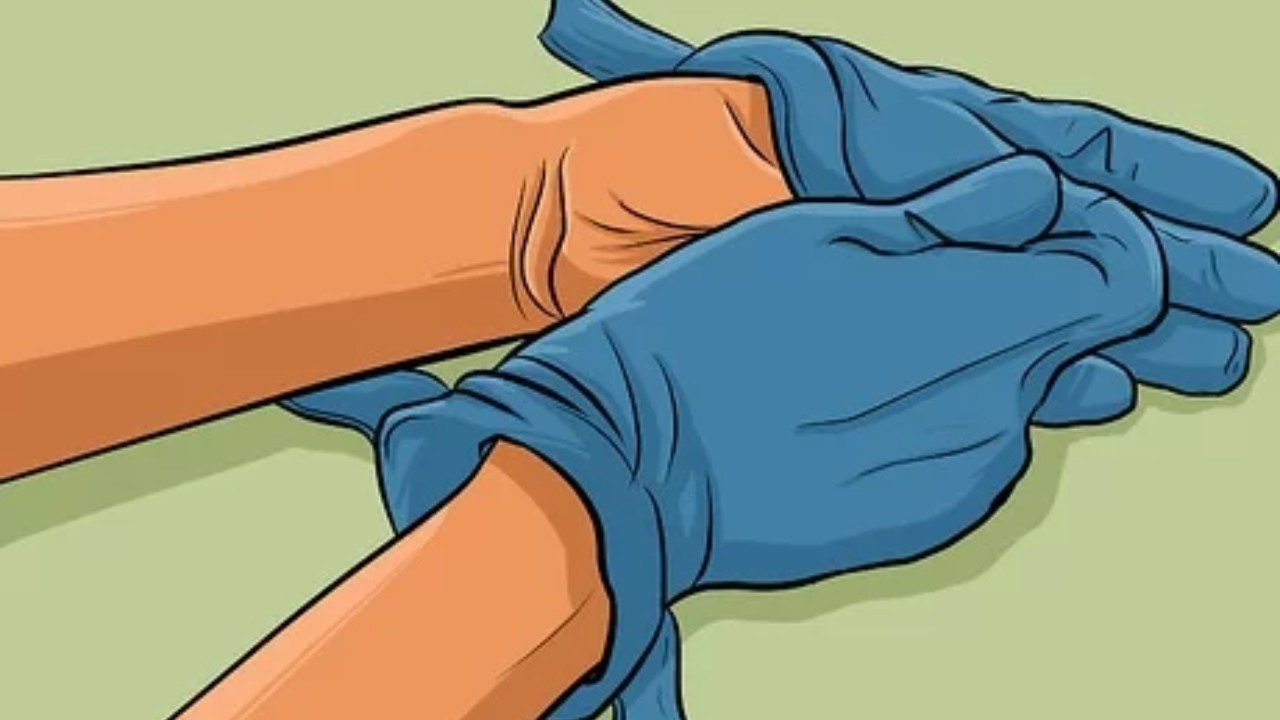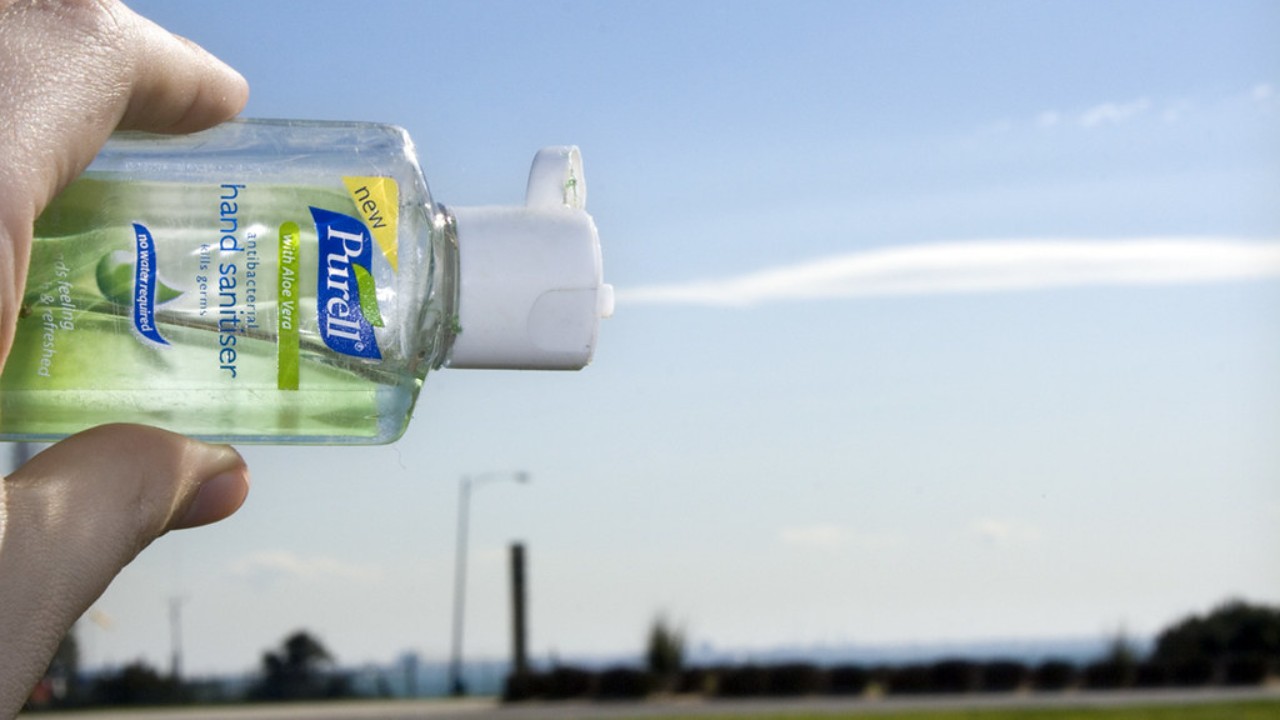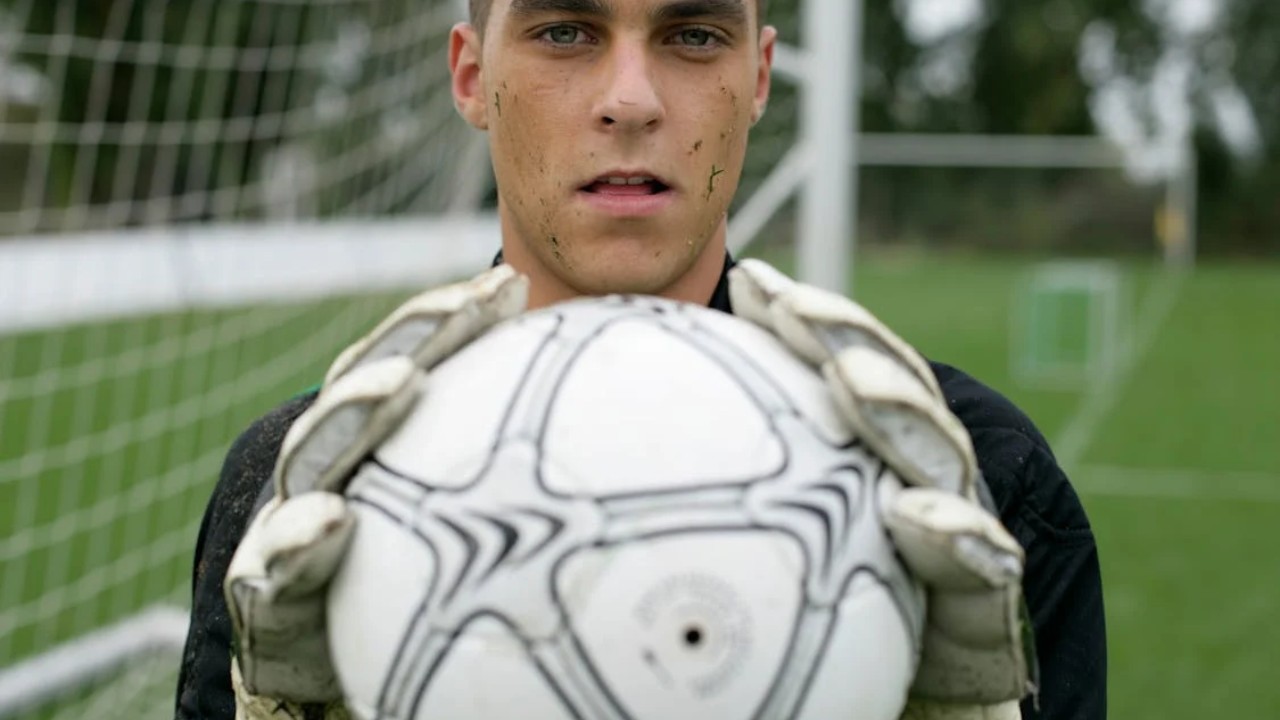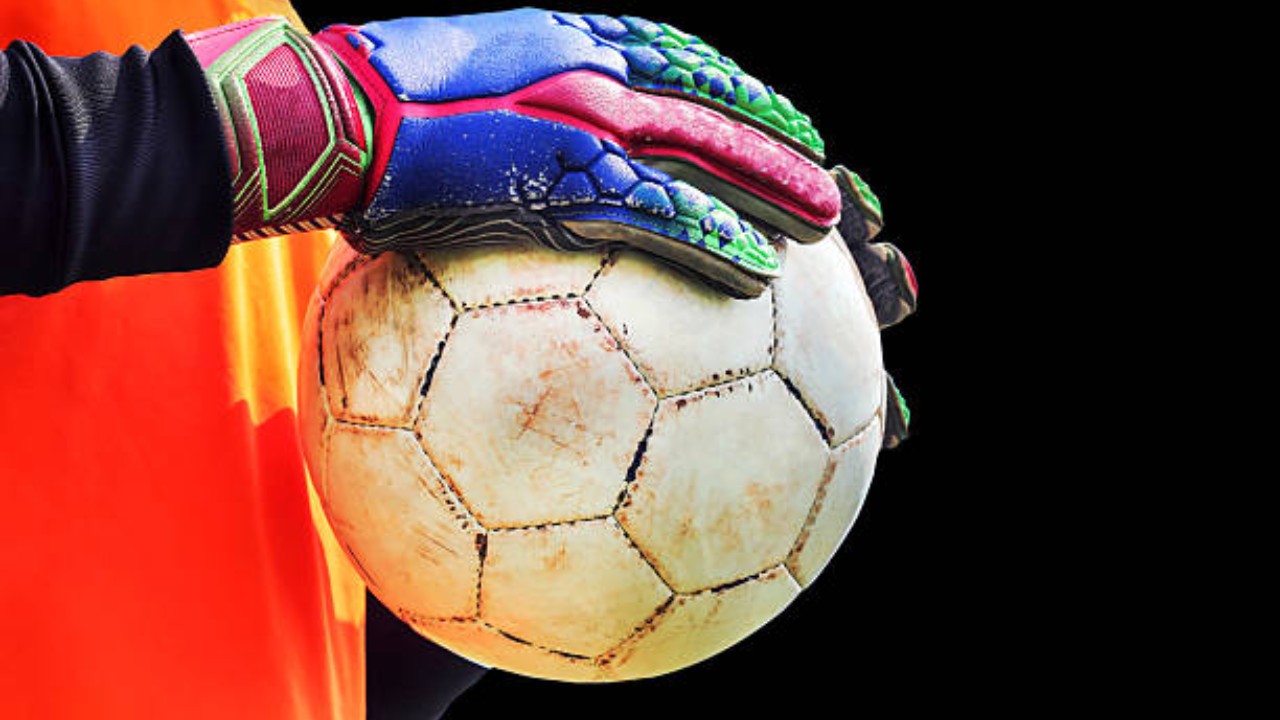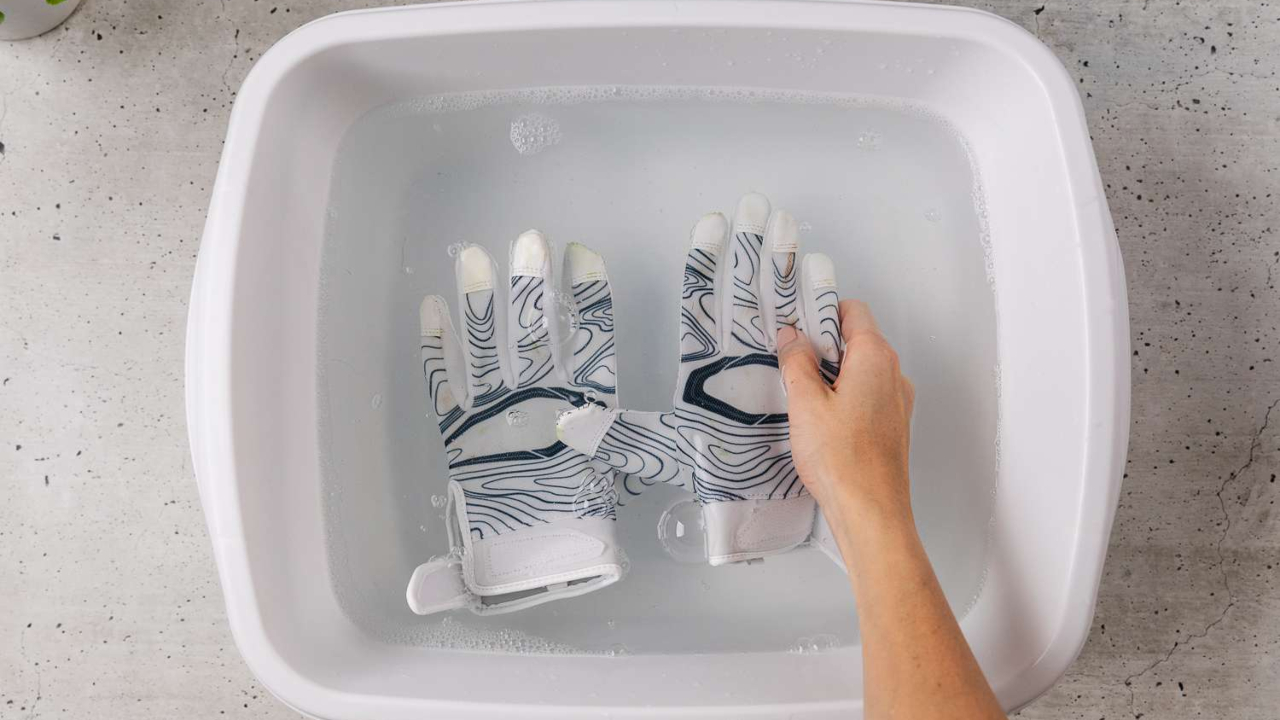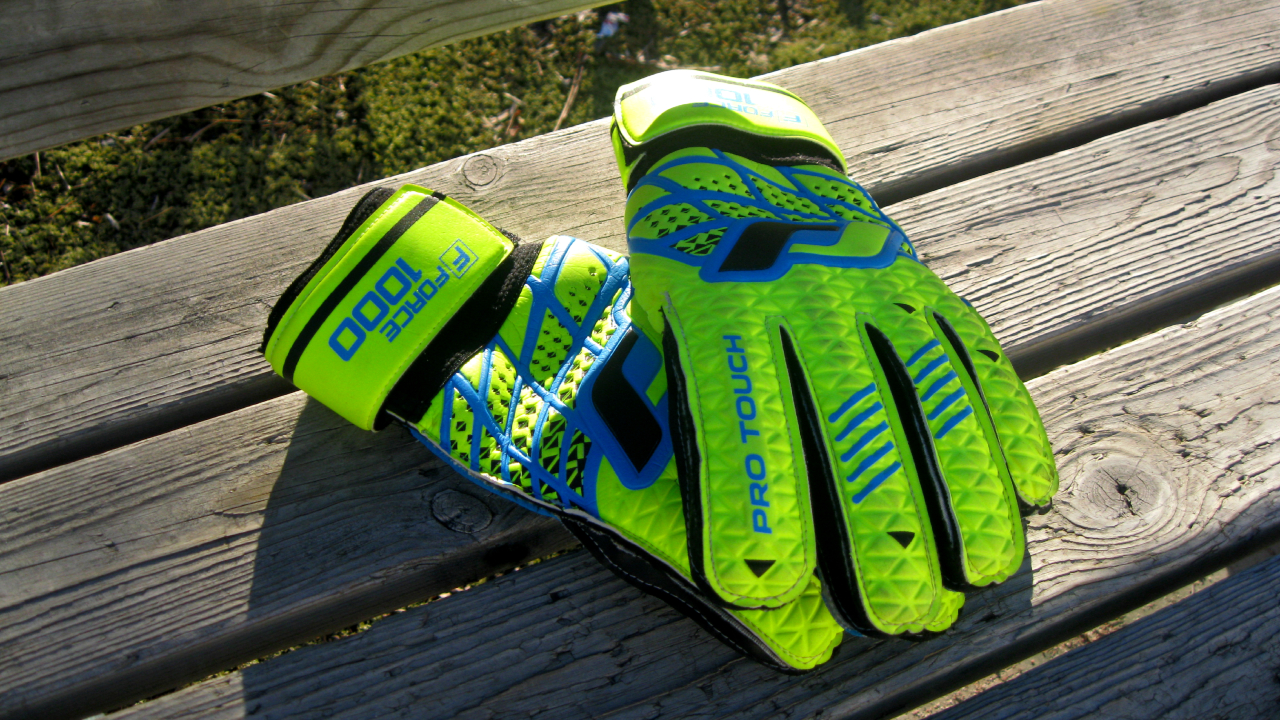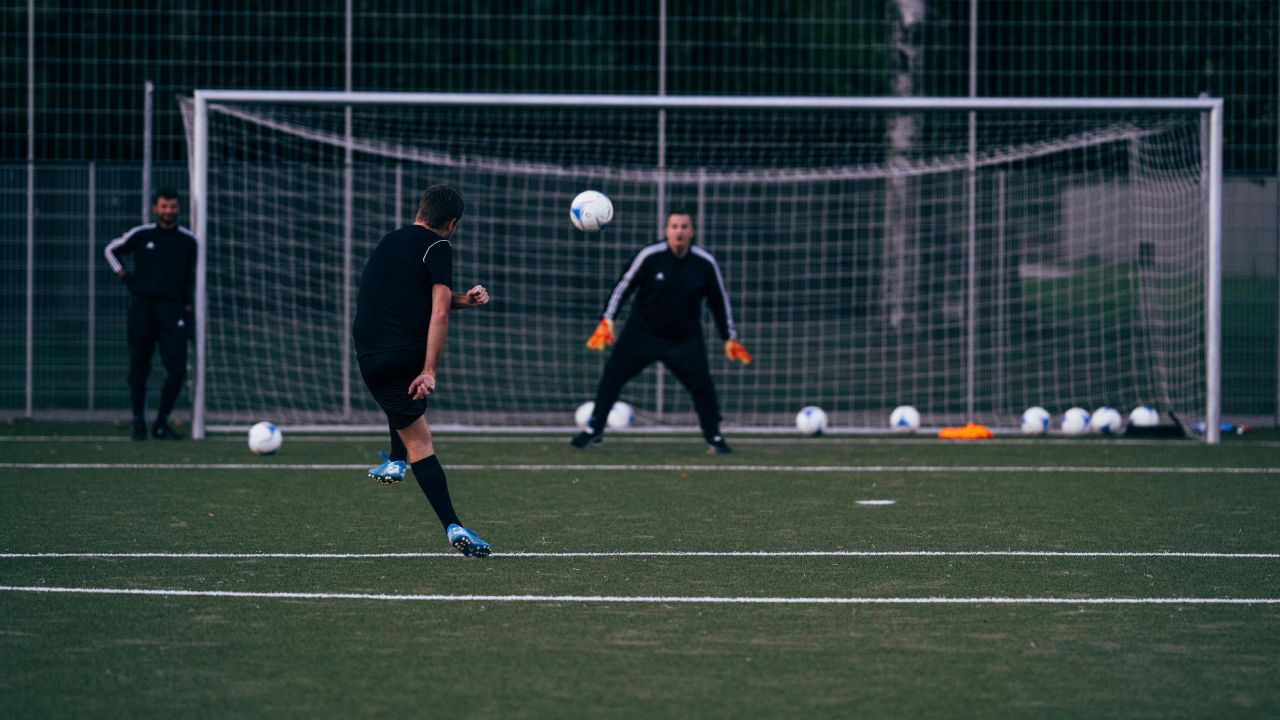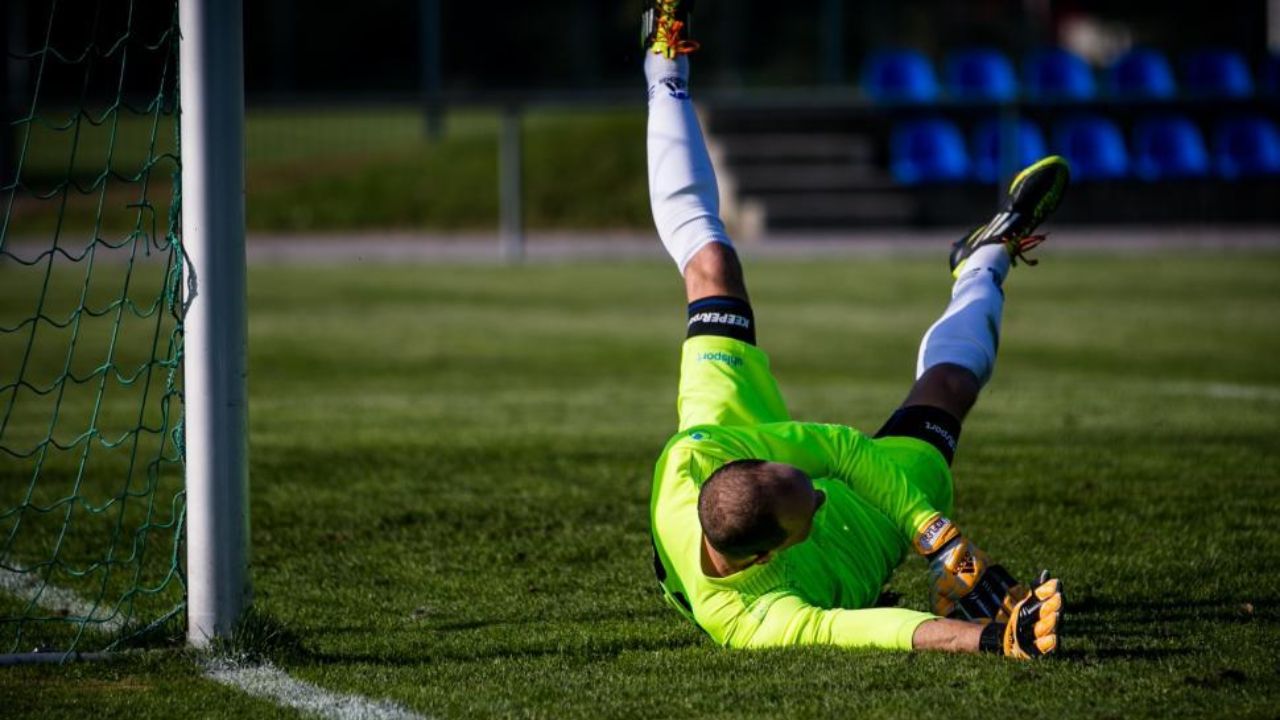Football has evolved significantly over the years, and so has the gear players use. One essential piece of equipment that often sparks curiosity is the football glove. Why do football players wear gloves? This question has more than one answer, and it varies depending on the player’s position, the playing conditions, and personal preferences.
The Evolution of Football Gloves
In the early days of football, players didn’t use much protective gear. The game was rough, and injuries were common. As football grew in popularity, so did the need for better equipment to enhance performance and safety. Football gear has come a long way from its rudimentary beginnings. Helmets, pads, and cleats have all seen significant advancements. Gloves, too, have evolved from simple leather designs to high-tech accessories that offer superior grip, protection, and performance.
Types of Gloves Worn by Football Players
Football players wear different types of gloves based on their position and role on the field:
- Receiver Gloves: Designed to enhance grip, these gloves have tacky surfaces that help players catch and hold onto the ball, even in challenging conditions. They are crucial for wide receivers, tight ends, and running backs.
- Lineman Gloves: Built for durability and protection, these gloves feature heavy padding to protect the hands during intense physical confrontations at the line of scrimmage. They provide some grip but focus mainly on safeguarding the hands.
- Quarterback Gloves: Often worn for better control and grip on the ball, especially in wet or cold conditions. These gloves are typically lighter and less padded, allowing for more flexibility and feel.
- Kicker Gloves: Worn primarily for warmth and a bit of added grip when handling the ball. These gloves are usually lightweight and designed to keep hands comfortable in various weather conditions.
Materials and Technology in Modern Gloves
Football gloves are made from various high-tech materials that provide durability, flexibility, and enhanced grip. Common materials include synthetic leathers, silicone, and mesh fabrics. These materials ensure that gloves are lightweight yet sturdy. Technological advancements have led to gloves with better grip technology, such as sticky silicone palms. Some gloves also feature breathable fabrics that wick away sweat, keeping players’ hands dry and comfortable throughout the game.
The Role of Grip and Control
For receivers, grip is everything. A good pair of gloves can mean the difference between making a spectacular catch or dropping the ball. The tackiness of modern receiver gloves helps players secure the ball more easily, especially in tight coverage. Gloves enhance ball control by providing a consistent surface that interacts well with the ball. This consistency helps players maintain their grip, even when conditions are less than ideal, such as in rain or snow.
Protection and Safety Features
Football is a contact sport, and injuries are part of the game. Gloves with padding protect the hands from impacts and abrasions, reducing the risk of broken fingers and other hand injuries. Gloves also offer protection against the elements. In cold weather, they keep hands warm, maintaining dexterity and preventing numbness. In wet conditions, gloves can repel moisture, ensuring that grip and control are not compromised.
Performance Enhancement
Wearing gloves can significantly improve a player’s performance. Enhanced grip allows for better catches, while the added protection lets players focus on the game without worrying about hand injuries. There’s also a psychological benefit to wearing gloves. When players feel more secure and confident in their gear, they are likely to perform better. This mental edge can be crucial in high-stakes games.
Impact of Weather Conditions
Different weather conditions require different types of gloves:
- Cold Weather Gloves: Insulated to keep players’ hands warm. They often feature additional grip elements to ensure the cold does not affect a player’s ability to handle the ball.
- Wet Weather Gloves: Designed to repel water and maintain their tackiness in the rain. They help players maintain a firm grip on the ball, preventing slips and drops.
Famous Players and Their Gloves
Several famous football players are known for their gloves. Players like Odell Beckham Jr. and DeAndre Hopkins have popularized specific glove models through their incredible catches and on-field performances. Many players customize their gloves with personal touches, such as their number, initials, or even special designs. This personalization can add to their confidence and comfort on the field.
Rules and Regulations
Both the NFL and NCAA have specific rules regarding gloves to ensure fair play. Gloves must meet certain standards for tackiness and cannot have any foreign substances that could give an unfair advantage. These regulations ensure that gloves used in both professional and college football provide protection and performance benefits without compromising the integrity of the game.
Care and Maintenance of Football Gloves
Proper care and maintenance of football gloves are crucial. Regular cleaning helps maintain the tackiness and prolongs the lifespan of the gloves. Most gloves can be hand-washed with mild soap and water. To extend the lifespan of football gloves, players should avoid excessive exposure to sunlight and heat, which can degrade the materials. Storing them properly when not in use also helps maintain their condition.

